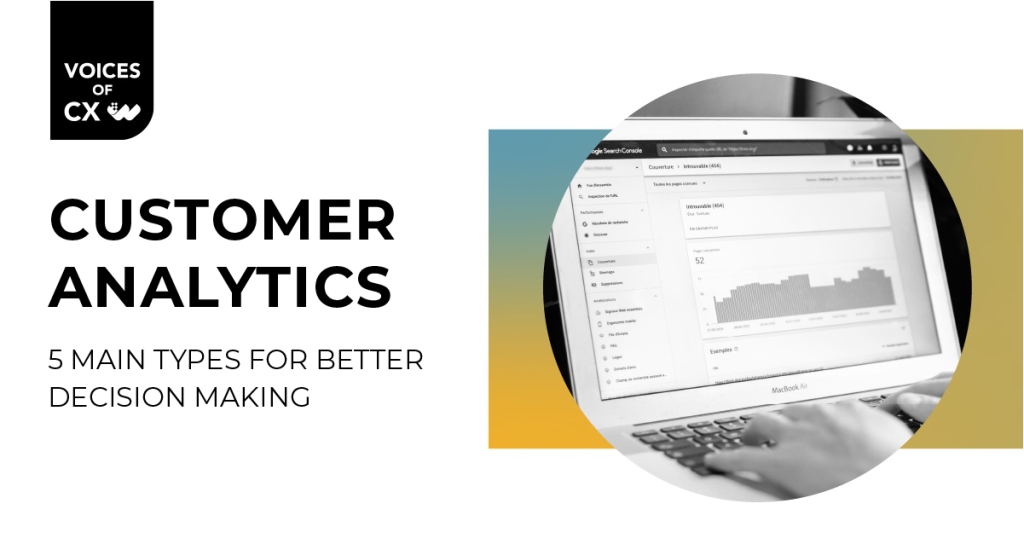As a company, you have the luxury of deciding what sort of value you want to offer the world. But that luxury doesn’t include deciding what you’re actually worth. Customer decisions alone determine that.
Customers are the ones making the decision to exchange their money for goods and services. So what we want to know is this: at the exact moment the customer’s decision is made, what’s going through their head?
How can you use that to attract new customers and retain the ones you have?
What makes customers decide that you’re worth it – or not? How can you avoid the “no”?
- How the Customer Decision = Your Worth
- The Key Ingredients of Customer Decisions
- The Customer Decision Loop
- The 5 Major Perception Drivers
- Customer Decisions Change with the Market, and So Should You
- Keep Up with the Speed of Change
How the Customer Decision = Your Worth
What is it that makes the moment of the decision so valuable?
As simple a moment as it might seem, it contains almost all the information you could want about how the customer sees your company. The decision is the ultimate conclusion of all the details, big or small, that were on the customer’s mind when they made their choice.
Most metrics measure post-purchase emotions and touchpoints, but these are not predictive of customer loyalty or churn behaviors. The decision gets to the root of why they buy or not in the first place, and is the strongest indicator of their actual future behaviors.
When you have a concrete understanding of why a customer chose you, you can start to analyze the individual motivating factors. Then. you can change or improve your experiences to make customers even more likely to choose you again.
If customers decide to spend their money with you, that means you’ve already beaten the value proposition of any number of competitors to be the customer’s final choice. You already have their confidence, you just need to know why.
But when you’re the one losing customers and bleeding market share, it’s even more important to understand the details of that decision. You have to identify what makes competitors different so you can find a way to stand out.
The Key Ingredients of Customers Decisions
The Customer Decision Loop
The decision-making process remains mostly the same throughout industries, because at the core of any customer decision is a need to be addressed. The need doesn’t change, and neither does the process. Only the means of addressing the need and customer’s expectations change.
The need is Step 1 in the continuous 4-step process called The Customer Decision Loop. You can read about it in-depth below:
The 5 Major Drivers of Customer Decisions
At the end of the day, almost all customer decisions fall under 5 major perception drivers: Relationship, Relative Price, Quality, Social Proof and Brand Identification. Some examples:
Relationship
- Auto: You want a car rated for safety, fuel economy, and comfort. You narrow it down to 3 models at competing dealerships that are essentially the same, with a few small differences. Price is no object, but you value how you’re treated by the dealership, and only one treats you like a person and actively listens to your wants and needs to find the best-fit car instead of ramming factory-new models down your throat. Snickers in the candy dish is a bonus.

Relative Price
- Healthcare: You want an elective surgery – a nose job. A sniffer that’s also a looker. It’s effectively the same procedure in two different countries, but the cost in Canada is 300% cheaper than the same exact procedure in the US. Because medical procedures are so costly, it’s worth it to fly to Canada, vacation for a week, do the procedure, and fly back rather than just getting it in the US (aka Medical Tourism).
Quality
- Retail: You browse the shelves for rice, beans, bacon and sausage. You don’t even look at the prices, you just buy the same brands grandma always used because her feijoada recipe is sacred, and any changes could alter the taste. You would never commit such blasphemy in her name.
Social Proof
- Restaurants: You’re always on the lookout for exciting new tastes, but you’re the picky type about places that you’ve never tried. You seek out recommendations from family and friends to help your search for a new hole-in-the-wall to try. If it’s lousy, better them than you, right?

Brand Identification
- Tech: You would rather die than own any product other than a Mac. Apple desktop, laptop, watch, headphones, colostomy bag, doesn’t matter. If the Apple logo is on it, you’re buying it. You don’t care that the monitor stand costs more than a whole PC, whether you should or not.
These are just a few possible examples out of millions, or even billions. Any individual customer can offer any justification for buying a product, but it will almost always fall into one of these 5 categories.
On top of that, customers can have entirely different perceptions of the same driver, or even the same exact experience. Two different customers can buy the same mattress with the same firmness rating. One perceives the Quality to be excellent because it’s just the right firmness for their sleep style, but the other perceives it to be extremely poor because it’s too firm for them and leaves them sore in the morning. It all depends on the individual.
Customer Decisions Change with the Market, and So Should You
Speaking of speed, nothing is forever in today’s fiercely dynamic markets. Your strategy, your product, your revenue streams and even your recruiting can all come under threat in a matter of weeks. New disruptors kick down old industry doors all the time. They might not be kicking yours down yet, but it’s a matter of when, not if.
Solution: Kick down your own door first. They can’t disrupt you if you disrupt yourself!

No, really.
Fixing and innovating on your own stuff is one of the best ways to ensure someone else doesn’t beat you to it. You may not need to take on the time and expense to create a brand new product if you can keep customers coming back by diligently addressing any problems you already have. A bird in hand is worth two in the bush. Or put another way, retention beats growth.
Customers don’t always want to leave a company just because something new comes along. There’s a natural sense of safety in what’s familiar, so more often than not, customers are happy to stick around as long as you’re not falling behind on their expectations of the market.
This is especially important for large, well-established companies with significant capital, but have trouble moving quickly in response to market shifts because of their sheer size.
Keep Up with the Speed of Change
It might sound impossible to do, especially given that the largest, most powerful organizations pivot like a ship trapped in the Suez canal. But where there’s a will, there’s a tech company somewhere working on a rather specific solution to your rather specific problem.
For those of you that find yourself ticking off all the boxes…
- Large company?
- Lots of data?
- Not enough time?
- Still trying to understand customer decisions?
…don’t look now, but you just found your all-in-one solution.









